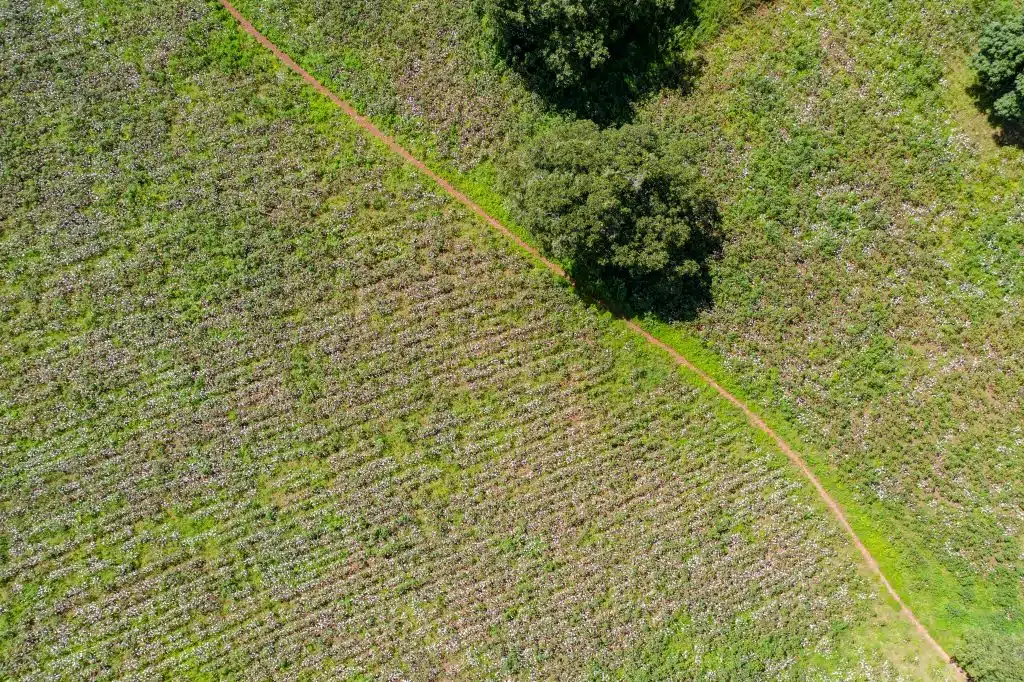
By Alan McClay, CEO, Better Cotton.
This article was first published by Reuters on 4 April 2023.
Sustainability is no longer the sideshow of mainstream business, to be wheeled out by the chief executive at conferences and then sent off back to the side lines. A company’s social and environmental performance is today a central concern of consumers, investors and regulators.
The latest evidence of the subject’s increasing profile is the European Commission’s recent approval of a strict set of new rules governing how companies disclose their activities in this space.
In the regulatory pipeline for several years, the Corporate Sustainability Reporting Directive presents some clarity on what is – and what is not – appropriate with regard to the methodologies underpinning corporate claims. This is hugely welcome.
The timing of this new legislation is by no means coincidental. Consumer interest and investor pressure are pushing companies to brandish their sustainability credentials more than ever before. With the commercial stakes so high, the temptation to massage the message is intense.
From false claims by automakers over air pollutants to the use of misleading environment data by clothing brands, accusations of “greenwash” are intensifying by the day.
Market dynamics aside, however, the ability to confidently compute a company’s overall sustainability performance is still by no means assured. Modern corporations are vast entities, often with global footprints that stretch from far-off farms and factories through to shoppers at the local corner store.
Fortunately, a data revolution is under way. Automated data collection and storage, Big Data analysis, machine learning: these and other digital tools are placing a wealth of information at companies’ disposal.
For years, the struggle for businesses was to lay their hands on the data demanded of them. Today, companies are awash with facts and figures about non-financial issues. Now, the question is about what data to prioritise, how best to use it, and – above all – what it really tells us.
This last point is crucial. Every protocol for reporting performance data carries with it the priorities and proclivities of its creators. Some approaches are geared towards avoiding risks (environmental pollution, high carbon emissions, etc); others adopt a lens of opportunity (investments in low-carbon technologies, talent development, etc).
The overall picture is complex, yet one crucial dividing line runs through almost every reporting methodology – namely, the emphasis (or not) placed on the higher-level effects of a given intervention, its impact, in other words.
As an organisation, Better Cotton’s focus is on improving the lot of cotton farmers and the communities that they support. As the largest sustainable cotton initiative in the world, our goal is to see farmer livelihoods and environmental protection increase hand in hand.
Yet, finding a disclosure standard that fits an impact-oriented approach like ours is far from easy. Why? Because measuring impact is complex. It demands localised data, longitudinal samples and contextualised analysis – none of which can be generated (as yet) at the switch of a button, especially considering that 99% of the cotton growers we work with are small-scale producers, most of whom farm cotton on less than one hectare of land in some of the world’s remaining digital deserts.


Instead, the market is dominated by simplified, risk-oriented evaluation systems. Underpinning many of these approaches are methodologies premised on the long-standing logic of lifecycle assessment (LCAs).
Championed by the authoritative standards body, ISO, LCAs have been adopted over the years by regulators around the world as a means of determining the environmental credentials of a product or service.
Typically, LCAs depend on an agreed set of easily accessible environmental metrics, overlaid with basic geographical, sector-specific or other relevant variables. LCAs play a valuable role as a broad-brush means of raising red flags or offering a generalised snapshot of a given product at a given time, including identifying hotspots within a product’s manufacturing and use cycle.
But as a tool for assessing positive (or negative) impact over time, or generating insights about why improvements have (or have not) been seen, LCAs reveal next to nothing.
Take the example of fertiliser use in cotton production. An LCA will ask how much chemical fertiliser a farmer uses and grade him or her accordingly. An impact-driven approach will ask the same, but then ask how this compares to the same farmer’s use the year before and to the industry average.
If consumption levels have changed, furthermore, it will interrogate the cause. What role did changing fertiliser prices have to play, for instance? Did participation in sustainability initiatives run by the likes of Better Cotton exert any influence? Is market demand a factor? What is the effect on the farmer’s net income, is he or she better off?


At Better Cotton, we have been working with Wageningen University & Research to apply just such an approach among cotton farmers in two districts in the Indian states of Maharashtra and Telangana. The initial findings reveal a wealth of data around farming techniques, yield levels, and progress on material environmental issues.
For the 2021-22 season, for instance, we now know participating farmers in Maharashtra saw their expenditure on synthetic insecticide reduce by 75% as they switched to bio-insecticides. We also know that the gate price for their cotton was 20% higher than the baselines, with ginners remarking that the fibre quality was higher.
An LCA approach might result in a generic “tick” to the farmers in question, but it would offer up none of this granular detail, nor any evidence that the Better Cotton programme had anything to do with the results achieved.
An impact-based assessment approach opens the door to better decision-making and, in turn, to enhanced environmental performance. This is data as a workhorse for continuous improvement; not, as is still so often the case, data for data’s sake (or, at best, ticking boxes).
We are not there yet. Nor do we pretend that cracking this measurement challenge will be straightforward. But, like it or not, these are the questions that consumers are already asking. And investors and regulators will not be far behind.







































